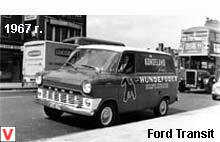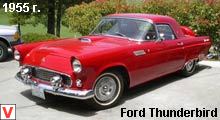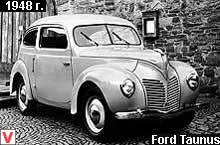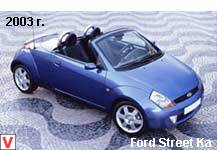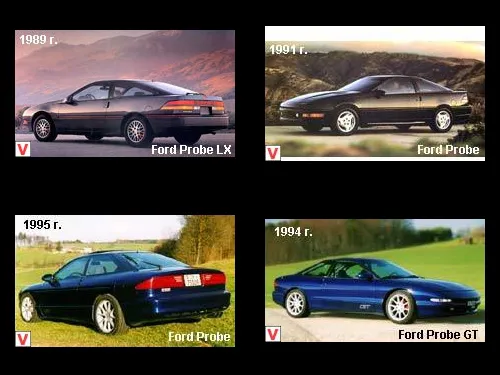
The history of the creation of Probe is very original. The car is the fruit of the design ideas of two auto giants Mazda and Ford. But in the early 80s, no one could have imagined that the embodiment of this idea would be called Probe, and not Mustang. For at the very beginning of his project, the Japanese-American tandem set a goal to introduce to the world the fourth generation Mustang. But, unfortunately, when rumors of a new Mustang reached the general public, a huge wave of criticism arose. Causes of discontent were front-wheel drive, Japanese heritage and the absence of a V-shaped eight.
Ford, littered with letters from the many admirers of the “true” Mustang, was forced to revise its plans and start working on a new Mustang from scratch. The sports coupe, which previously claimed the right to own a nameplate with a carrying stallion, was renamed Probe. The premiere was held at a Chicago auto show in 1988, where the Probe was presented as a 1989 model. Sporty appearance - this is not all that was offered to potential buyers. Starting your car with various options, the creators tried to please even the most demanding customers.

The options included cabin air conditioning, cruise control, an on-board computer and full electrics. Probe was offered in three trim levels: GT, LX, GL. GT standard equipped with: disc brakes on all wheels, sports seats with a large number of adjustments, electric mirrors, alloy wheels, adjustable steering column and power steering. The following options were offered: ABS, electronic instrument cluster, rising sunroof, electric driver's seat, electric windows, Hi-Fi audio system and air conditioning. Modification GT dampers installed with variable stiffness (from the passenger compartment, the button). Three positions - soft, normal, sport.
If you do not imagine your existence without an automatic transmission, you would have to choose between the GL and LX models. In these models, the suspension has been softer tires - more narrow, and the body - more rigorous. Compared to the GL, the LX could boast a more luxurious trim. Like the GT, the LX and GL models could be equipped with various options. In the role of the main driving force is a 4-cylinder engine of 2.2 liters aggregated with a 5-speed manual transmission. In the 1990 model range, a light restyling of the body was carried out, a new engine was also added. A popular Ford 3-liter 24-valve V-engine with electronic fuel injection was now placed on the LX model.

The engine produced 140 hp at 4800 rpm and torque of 217 N / m at 3000 rpm. In 1992, the LX-new V6 was refined, and added another 5 hp to its performance. power and 7N / m of torque. It was during this period that work on the second generation Probe was in full swing.
In 1993, Ford and Mazda joined forces to create the second generation Probe. The platform, as for the first generation, was the 626th Mazda. Responsibilities were as follows: Ford worked on the exterior and interior, Mazda developed the engine and chassis. It was possible to create an excellent car with excellent handling on the road, correcting the errors of the first generation. The new Probe added 5 cm in length, 10 cm in width, and managed to lose about 60 kg. The base model received a 2-liter 4-cylinder Mazdov engine with 16 valves and giving 115 hp. at 5500 rev / min and 168 N / m torque at 3500 rev / min.

The GT model was “charged” with the new 24-valve Mazdov 2.5-liter six-cylinder V-engine with multipoint injection and a computer variable valve timing system. V6 produced 164 hp at 6000 rpm and 211 N / m of torque at 4000 rpm. When Ford launched the new Mustang in 1994, sales of the Probe began to fall.
Therefore, the company planned in 1996 to stop production of the Ford Probe, but managed to hold out until 1997. In this latest year, Ford Probe set a sad record, setting the number of cars sold to 32,505, which was the worst result among all Ford models. On March 17, 1997, Ford officially announced the discontinuation of the Probe models. But despite this, the company planned to subsequently release the third generation of the Probe model, built on the Ford Contour and Mercury Mystique platform.

The base model of the third-generation Probe should have had the same 4-cylinder model as the second-generation model, but the outstanding one is 125 hp. at 5500 rpm and 217 N / m at 4000 rpm. The GT model engine should have been from the second-generation GT model, but already giving 170 hp.
at 6250 rpm and 275 N / m at 4250 rpm.

